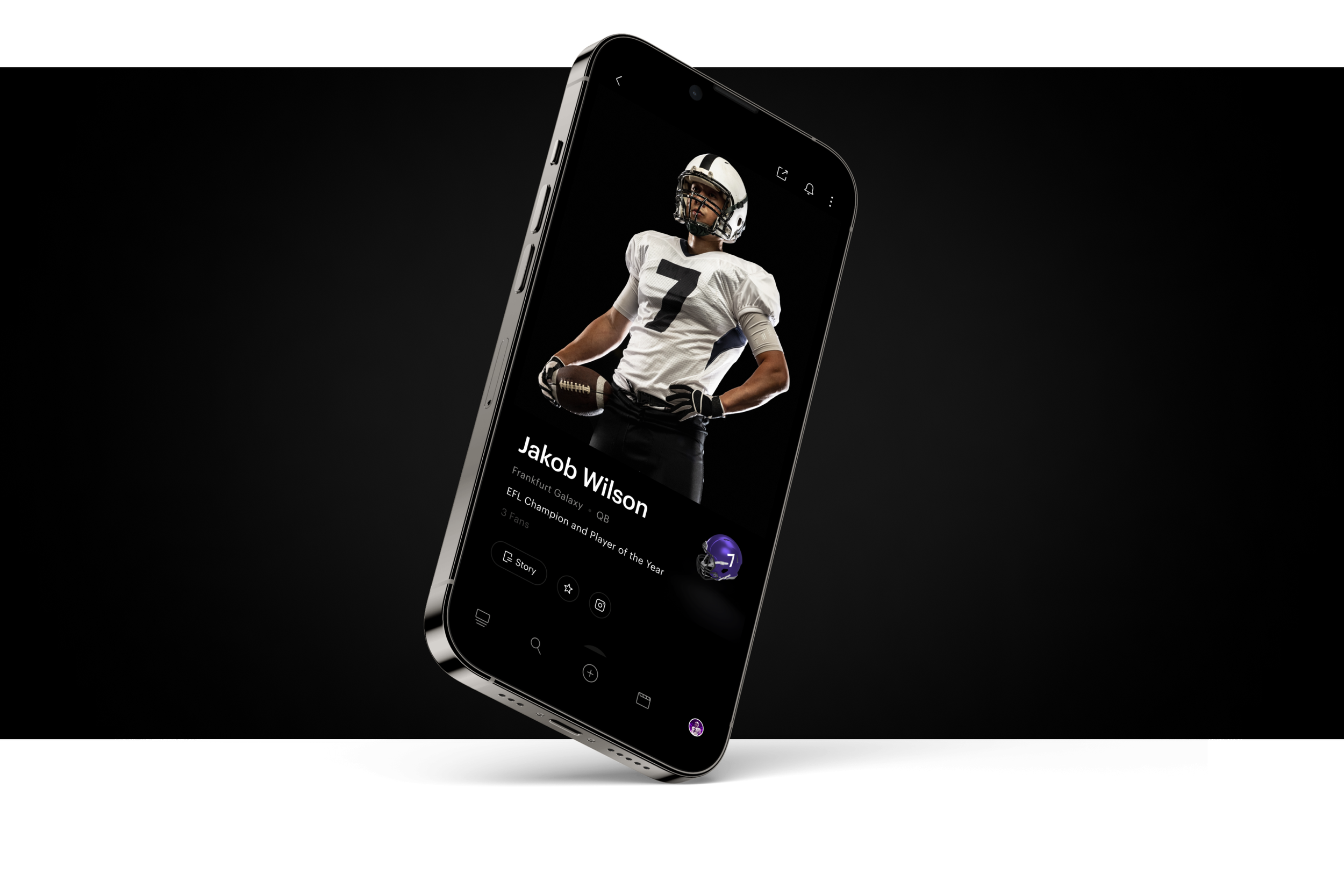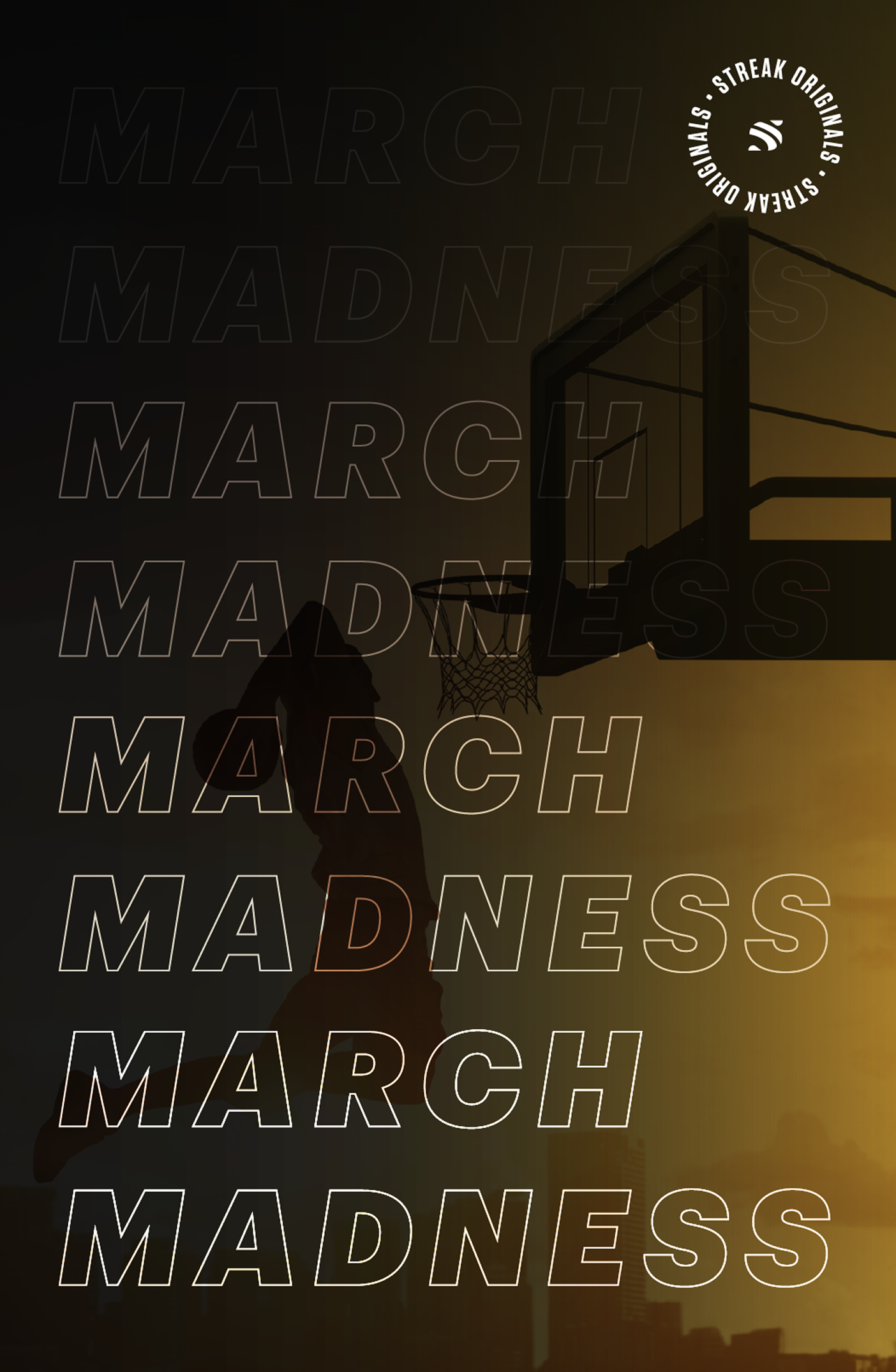
NIL: The Show
CONTEXTStories without a stage
The NIL era gave athletes the legal right to profit from their name, image, and likeness—but no platform gave them a meaningful way to do it. Generic social media tools flattened their stories into templated content streams built for influencers, not individuals. Streak emerged as a purpose-built Web3 platform where athletes could own their story, connect directly with fans, and turn moments into meaningful revenue.
CHALLENGEGeneric platforms, specific athlete needs
Traditional platforms made monetization clunky, storytelling inconsistent, and brand-building nearly impossible—especially for athletes without massive followings. Link-in-bios, fragmented content, and third-party paywalls all signaled one thing: the tools weren’t designed for them. Streak set out to flip that model—by designing for identity-first storytelling, not follower counts.
DISCOVERYStorytelling is the revenue engine
At the heart of successful athlete branding is compelling narrative. Our research revealed that athletes have extraordinary stories—they just need structured ways to transform personal experiences into engaging content that fans value. Three insights shaped our approach to athlete-centric platform design.
-
Athletes respond to story frameworks rather than open-ended content creation
-
When monetization tools feel native to storytelling, athletes create more consistently and authentically.
-
Fans pay more for exclusive access to authentic athlete perspectives than generic social content.

A storytelling platform for athlete empowerment
The strategy for Streak became clear: design for athlete storytelling where creation, curation, and monetization work cohesively. Four strategic pillars transformed fragmented social experiences into athlete-fan economies.
-
Platform coaches athletes through content preparation, show creation, and audience development.
-
Gated content, exclusive access, and Web3 assets generate revenue without disrupting authentic expression.
-
Live shows, NFT drops, and fan engagement integrate seamlessly within unified flows.
-
Spotlight athlete identity through controlled brand expression
STRATEGYPRODUCT DESIGNA content-first design that scales athletes stories
Streak's breakthrough was treating athletes as natural storytellers who need structure, not restrictions. Four integrated features transformed storytelling into a living engine of fan connection and revenue.

Structured Creation
Structured content and creation templates helped athletes transform personal experiences into compelling narratives, reducing the cognitive load of posting and scheduling content while maintaining authenticity.
Live Streaming Theater
Lightweight, flexible streaming interface accommodated different athlete needs while maintaining consistent fan experience—host and viewer modes shared visual language to reduce cognitive overload during live engagement.
Integrated Web3 Monetization
NFT drops, gated content access, and exclusive fan experiences integrated directly into storytelling flows—athletes could monetize authentically without external tools or workflow disruption.




Brand Expression
Athletes controlled their visual identity through curated accent colors, typography selections, and cover art templates—gaining brand control without design complexity. The templated approach ensured professional presentation standards while eliminating the burden of "designing" show art or channel aesthetics.

OUTCOMEValidation from users. Cut short by circumstance.
Early feedback from athlete testers confirmed the vision: the platform made them feel seen, empowered, and ready to create. But weeks after launch, Streak ran out of funding. In hindsight, we should have launched earlier with a tighter scope to prove traction before layering features. My regret? Not pushing harder to ship the core streaming loop sooner.
Still, the idea was right. Years later, platforms like Instagram and Twitter have launched paid creator tools that echo the same premise. Streak didn’t fail because the product was wrong—it failed because the runway ran out before the world caught up.
CREDITSHEAD OF PRODUCTPRINCIPAL PRODUCT DESIGNERPRODUCT DESIGNERJames Odell
Aaron Smith
Lauren Bottino






